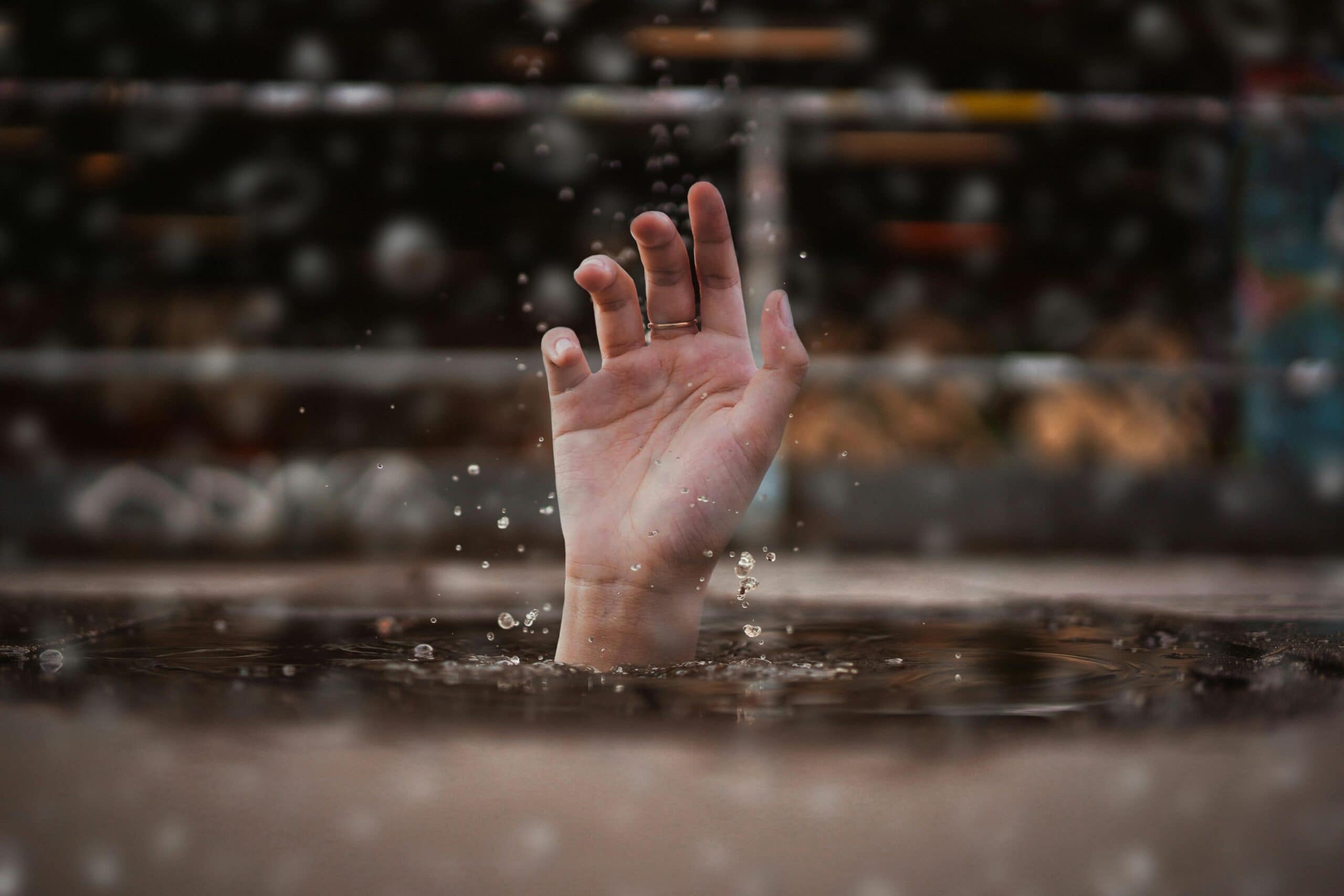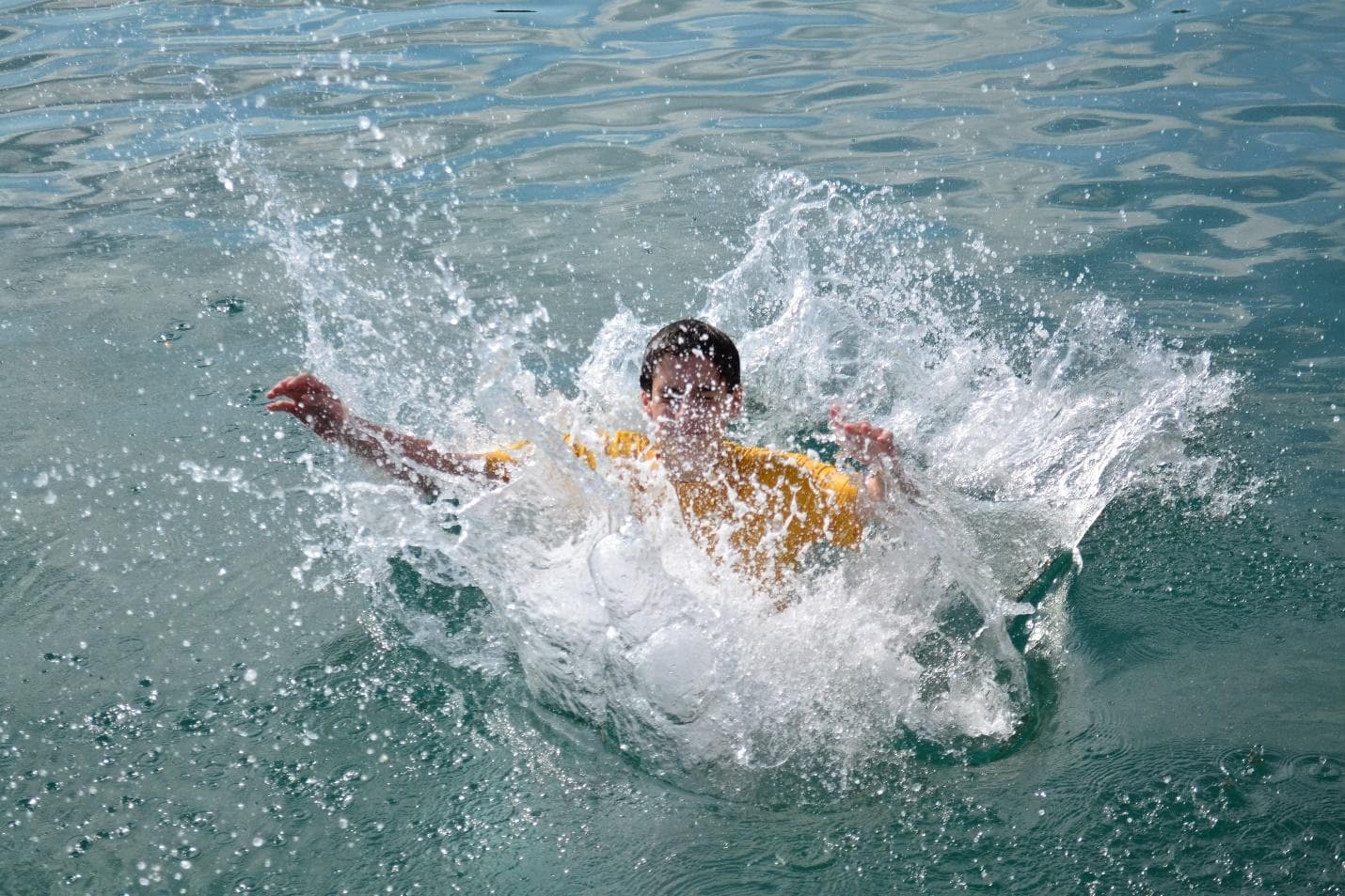Child drowning accidents are tragic events that can have lasting psychological and emotional effects on the child and their family. In Colorado, addressing the aftermath of such accidents requires a multi-faceted approach that combines legal and therapeutic strategies.
This article explores how a professional drowning accident lawyer can help you take legal action and therapeutic approaches that can provide comprehensive support to families dealing with the trauma of child drowning incidents and survivors.
Alarming Child Downing Accident Statistics
Before we delve deeper into the article, here are some alarming statistics related to child drowning accidents in Denver, Colorado:
According to Children Safety Network, drowning is the top cause of unintentional injury deaths among children aged between 1 and 4. It is the third top cause of death among children aged between 5 and 19.
Unfortunately, nearly 3700 individuals in the US lose their precious lives from unintentional drowning annually. And what’s even more tragic is that approximately 900 individuals are adolescents and children aged between 0 and 19.
The leading risk factors for traumatic child drowning accidents are:
- Poor swimming ability
- Lack of barriers to control access to water
- No close supervision
- No safety gear like life jackets or floats
Drowning Accident Lawyer- The Legal Steps You Can Take in a Child Drowning Accident
Now, let’s explore the legal steps to take in a child drowning incident. To begin, hiring an experienced and trusted drowning accident lawyer in Denver, Colorado is advisable.
This is because a lawyer plays a pivotal role in addressing the legal aspects of such incidents. Their primary objective is to seek justice and compensation for the victim and their family.
Colorado Premises Liability Statute
An attorney is skilled in helping clients navigate the complexities of the legal system. They will help you collect evidence to meet the conditions to file the premises liability case. The Colorado Premises Liability Statute covers the victim’s injuries on the premises. However, to receive the compensation, the victim must provide proof of the following conditions:
- The plaintiff (victim) was injured on the premises
- proprietor/property owner acted negligent
- defendant’s (property owner’s) conduct contributed directly to the drowning incident on the premises.
Collecting evidence and proof for all these conditions can be difficult, but not when an experienced drowning accident lawyer is by your side. Such a lawyer will conduct an in-depth case investigation to find proof and witnesses to ensure you’re fairly compensated for injuries and losses. They examine factors such as pool safety measures, supervision, and negligence by property owners, caregivers, or product manufacturers.
Furthermore, once liability is established, your lawyer will advocate for you and pursue legal action against the responsible parties. This may involve filing personal injury or wrongful death lawsuits. They may work cohesively with the insurance company to negotiate a fair settlement to provide financial relief to the family, covering medical expenses, rehabilitation, and other related costs.
However, when negotiations fail, a drowning accident lawyer may address the situation through court representation. They present the case to a judge and jury to seek a favorable verdict and appropriate compensation.
Therapeutic Approaches to Addressing Trauma in a Child Drowning Event
Beyond the legal aspects, addressing the trauma associated with child drowning accidents is equally important. Your lawyer can work alongside a therapist specializing in trauma-informed care to play a pivotal role in the recovery process.
Some of the best therapeutic approaches used for addressing trauma in child drowning events include the following:
Crisis Intervention
Therapists provide immediate crisis intervention to help the family cope with the emotional shock and distress following the accident. They offer emotional support, resources to facilitate healing, and a safe space to express feelings.
This early intervention aims to prevent the development of severe trauma symptoms, such as anxiety and PTSD, by fostering resilience and facilitating the beginning of the healing process. Crisis Intervention establishes a crucial foundation for further therapeutic interventions and long-term recovery.
Individual and Family Therapy
Therapy sessions are tailored to meet the child’s immediate needs and their family. Individual therapy helps the child from a near-death experience process their trauma. It allows the child to address anxiety, fear, and grief.
Meanwhile, family therapy fosters open communication, helping parents and siblings understand and support the child’s recovery. Tailoring therapy to each family’s specific needs empowers them to heal together, rebuild trust, and navigate the complex emotions arising from the tragedy.
This comprehensive approach promotes resilience, reduces post-traumatic stress symptoms, and aids in the long-term emotional recovery of all family members involved.
Trauma-Focused Techniques
Therapists utilize evidence-based techniques to address trauma symptoms, including anxiety, depression, and post-traumatic stress disorder (PTSD). These include:
Eye Movement Desensitization and Reprocessing
EMDR is effective in helping children process traumatic memories. It involves recalling distressing memories while focusing on external stimuli like hand movements or sounds. It reduces the emotional charge and allows the child to integrate them more adaptively.
Furthermore, by desensitizing the child to traumatic triggers associated with the drowning event, EMDR alleviates anxiety and distress. It also empowers the child by promoting a sense of control over their traumatic experiences, which can be particularly beneficial for restoring their self-esteem.
Cognitive-Behavioral Therapy (CBT)
The focus of CBT is to identify and alter negative thought patterns and behaviors. In the context of child drowning trauma, cognitive restructuring helps the child recognize and change distorted thought patterns related to guilt, fear, or self-blame often associated with traumatic events.
Similarly, exposure therapy under CBT promotes gradual exposure to trauma-related stimuli like water or swimming. This helps reduce avoidance behavior and desensitize the child to triggers. Additionally, the skill-building aspect of CBT teaches the child coping strategies to manage anxiety and emotional distress, enhancing their resilience.
In a nutshell, child drowning incidents are heartbreaking events. They necessitate a comprehensive approach to support victims and their families to overcome trauma. It is, therefore, crucial to work with a drowning accident lawyer to secure legal remedies and a trauma-informed therapist for emotional and psychological support.
Together, these professionals address the legal and therapeutic needs of those affected by child drowning accidents, striving to promote healing and recovery during the challenging aftermath. For more information or legal assistance, speak to Bourassa Law Group at 800-870-8910 and schedule a consultation today!





